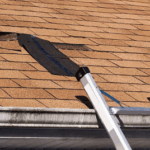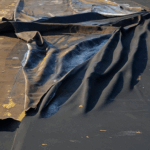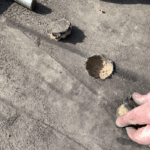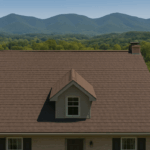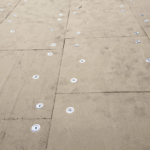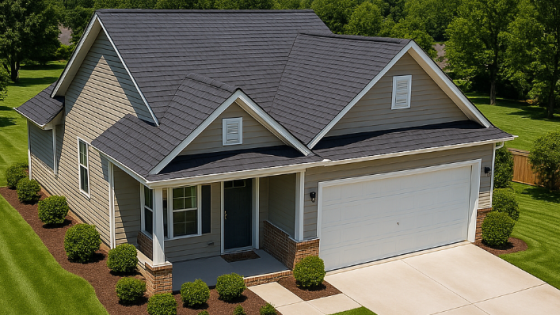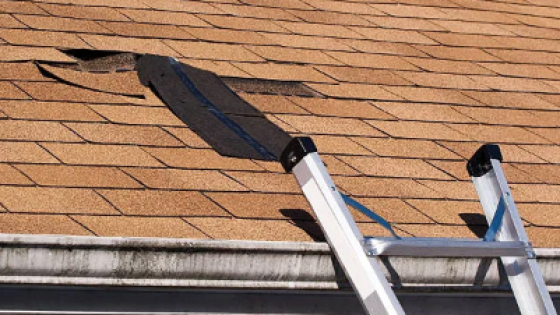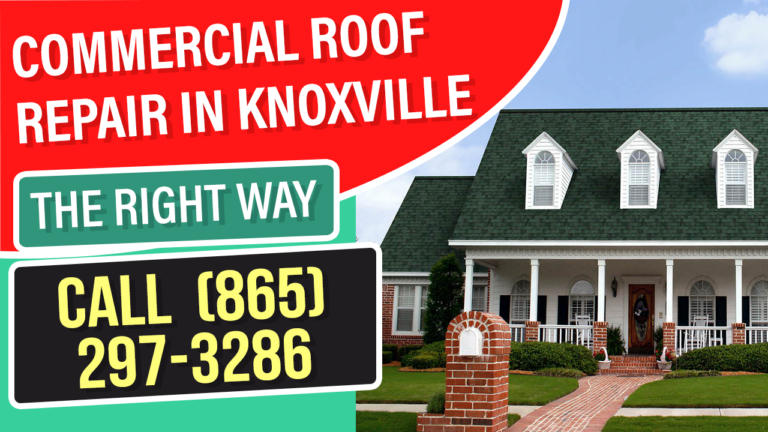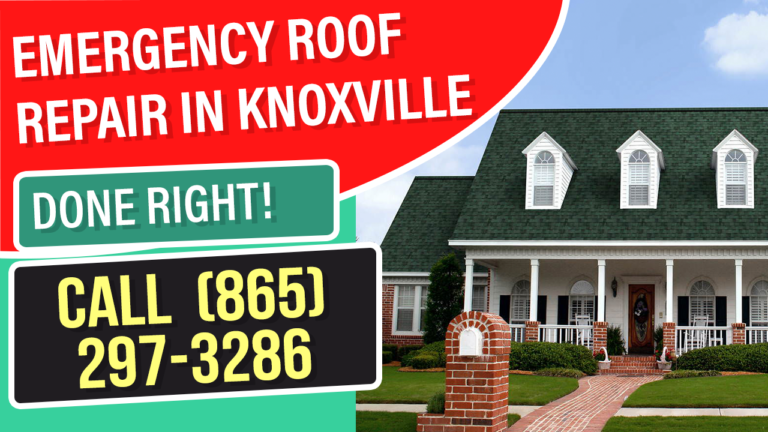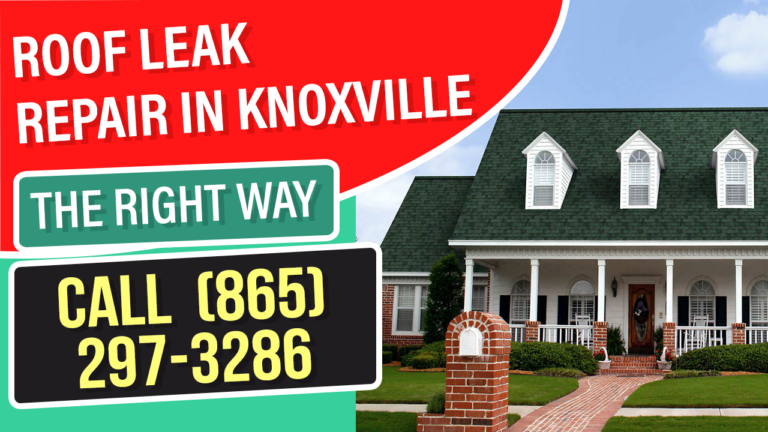Replacing a roof is already a significant investment, and the question of what to do with an old chimney can add another layer of complexity to the project. While some chimneys still serve as an important architectural or functional feature in homes, many older houses have chimneys that are no longer in use, creating potential risks for leaks, structural issues, or energy inefficiency. If you’re facing this decision, chimney removal might be a practical step to consider, especially when you’re already undergoing a roof replacement. Let’s break down the factors you’ll need to consider before making a decision and how these factors impact costs.

Cost Breakdown: Understanding What You’re Paying For
When estimating the cost of removing a chimney, it’s important to understand what the pricing covers. Below is a more detailed breakdown of potential costs based on the type of removal and additional factors.
| Cost Component | Price Range | Description |
|---|---|---|
| Chimney Inspection | $150 - $500 | Necessary to assess the condition of the chimney and plan removal. |
| Partial Removal (Above Roofline) | $800 - $2,000 | Only removes the external portion of the chimney. Ideal if the internal fireplace is still functional. |
| Full Removal (Including Interior) | $1,500 - $4,000 | Removes the entire chimney, from the rooftop to the foundation, including any fireplace structure. |
| Roof Patching/Repair | $300 - $1,200 | After the chimney is removed, this cost covers materials and labor for patching the roof and ensuring no leaks. |
| Disposal Fees | $100 - $600 | Depending on the amount of debris (bricks, mortar, and other materials), disposal fees can add to the overall cost. |
| Foundation Repair (If Necessary) | $500 - $3,000 | If the chimney is load-bearing or embedded in the foundation, extra repairs may be needed, raising the cost. |
1. Size, Material, and Age of the Chimney
The size of your chimney plays a big role in how much you’ll pay for removal. Larger chimneys made of heavy materials like brick or stone will cost more to remove due to the sheer amount of labor required. In some older Knoxville homes, the chimneys are massive structures that run from the basement or foundation all the way through to the roof. In these cases, a full removal will require considerable demolition work.
Material Considerations:
– Brick or Stone Chimneys: These are the most common types of chimneys found in older homes, and their removal can be labor-intensive due to the heavy materials.
– Metal Chimneys: These are typically easier and less expensive to remove, as they are often part of a prefabricated or newer system.
– Masonry Chimneys: These require special care because they often contain flues made of clay or terra cotta, which can shatter during removal and pose additional disposal challenges.
2. Local Knoxville Roofing and Chimney Removal Contractors
Pricing also depends on local labor rates. Knoxville, TN, has a variety of roofing contractors who specialize in chimney removal. When selecting a contractor, ensure they are licensed, insured, and have good reviews specifically related to chimney removals and roof replacements.
Experienced local companies typically provide more accurate estimates, and their knowledge of regional weather conditions is a huge plus. Roofing in Tennessee, particularly in Knoxville, must account for seasonal temperature changes, heavy rainfall, and occasional snow, so the removal process must leave your home well-sealed against future weather events.
3. Disposal of Chimney Debris: Why It Matters
Debris removal is another cost factor often overlooked by homeowners. Once the chimney is removed, contractors need to safely dispose of the materials, which may include:
– Bricks and Mortar
– Metal Components
– Flue Liners
– Wood Framing
If your home contains an older chimney, there could be concerns about hazardous materials, such as asbestos in the chimney flue or lead paint on the bricks. These materials require specialized removal and disposal methods, adding to the overall cost. In Knoxville, local regulations require that asbestos and other hazardous materials be handled by licensed professionals, which could push the project cost up by several hundred dollars or more.
Pros and Cons of Chimney Removal
Removing an old chimney isn’t always a straightforward decision. While there are clear benefits to taking down an unused or damaged chimney, it’s important to consider the potential downsides, both practical and aesthetic. Let’s break this down in more detail.
| Pros | Cons |
|---|---|
| Increased Space: Removing a chimney frees up valuable interior space in rooms where the chimney once stood. This can give you more flexibility in interior design, especially in the living room or kitchen. | Home Aesthetics: Chimneys can add character to a home’s exterior. Removing them might alter the appearance, especially if your home was designed with the chimney as a focal point. |
| Reduced Leak Potential: Chimneys are a common source of roof leaks. Removing the chimney eliminates this potential risk, which can save you money on future roof repairs. | Cost of Replacement Heat Sources: If the chimney was used for a wood-burning fireplace, you may need to invest in alternative heating systems, such as electric or gas fireplaces. |
| Energy Efficiency: Without a chimney, there’s no draft allowing warm air to escape, which could lower your energy bills. | Expense: Chimney removal, especially full removal, can be a significant cost. If the chimney structure runs through multiple floors or levels of the home, it can become a complicated and expensive project. |
| Prevents Future Structural Issues: Old, unused chimneys can deteriorate over time, leading to structural problems. Removing it ensures that you won’t have to deal with costly repairs in the future. | Permitting and Compliance: Depending on the complexity, chimney removal may require a building permit and inspection, adding time and cost to the project. |
| Simplifies Roof Replacement: Removing the chimney during roof replacement simplifies the process and ensures a more uniform, weather-tight roofing structure. | Fireplace Loss: Homeowners who value a traditional fireplace might regret the removal, especially in winter months when a cozy fire can add warmth and ambiance. |
FAQs on Chimney Removal
If your chimney shows signs of significant wear, such as crumbling bricks, water damage, or leaning, it may be time for removal. Unused chimneys are also candidates for removal, especially if they’re causing leaks or energy inefficiency.
Yes, particularly if the chimney is load-bearing. If the chimney is part of the house’s structural integrity, it will require additional support systems to replace it.
Leaving an old or unused chimney in place can lead to future roof problems. Leaks and deterioration around the chimney flashing can occur if the structure is not properly maintained.
Chimney removal could positively affect your homeowner’s insurance premiums, particularly if the chimney posed a fire or structural risk. It’s advisable to notify your insurer after completing the work to see if your premium will be adjusted.
Yes! The space formerly occupied by a chimney can be repurposed into additional storage, living space, or new architectural features, depending on your home’s layout.
If your chimney was used for heating (e.g., wood stove or furnace), you’ll need to install an alternative venting solution or a modern heating system.
Yes. Partial removal (removing the portion above the roofline) is a common and more affordable option for homeowners who want to keep a functioning fireplace but eliminate roof-level issues.
Summing it Up
Removing an old chimney while replacing your roof can be a wise decision for Knoxville homeowners, especially if the chimney is unused, deteriorating, or causing leaks. While the cost may range from $1,000 to $4,000 depending on the size, location, and complexity of the chimney, bundling the project with a roof replacement can lead to long



